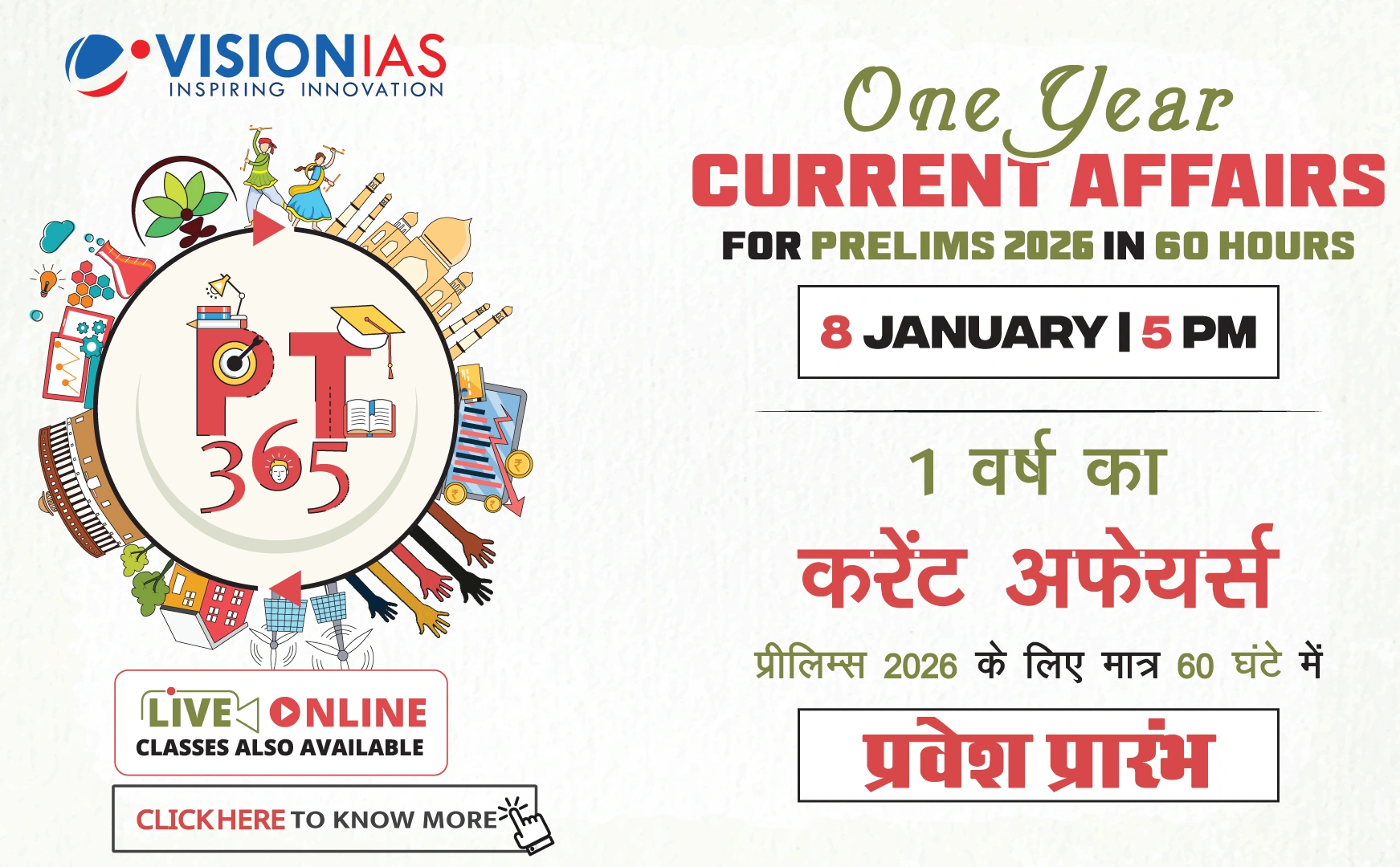Inflation and Unemployment in India
The article critically examines the relationship between inflation control and unemployment in India, highlighting economic trends and policy implications.
Current Economic Context
- Inflation in India for May was reported at less than 3%, within the government's target.
- Year-on-year inflation fell from 3.2% in April to 2.8% in May.
- Correspondingly, unemployment rose from 5.1% in April to 5.8% in May.
Inflation vs Unemployment
While a drop in inflation is favorable for those employed as it reduces the rate of purchasing power erosion, it does not benefit the unemployed, who remain jobless.
- There is a disconnect between inflation management and employment conditions.
- The theory that unemployed individuals choose not to work is challenged by realities on the ground, especially in semi-urban areas.
Decline in Economic Growth
- GDP growth declined from 9.2% in 2023-24 to 6.5% in 2024-25.
- The drop in growth is consistent with rising unemployment.
- Public Administration maintained its growth rate, while other sectors slowed, with agriculture growing faster.
Factors Contributing to Inflation Reduction
- Agricultural growth narrowed the supply-demand gap for food, reducing food-price inflation from nearly 11% in October 2024 to less than 1% in May 2025.
- RBI's monetary policy, including the repo rate, is unlikely to have directly led to the observed inflation changes.
- Instead, the narrowing growth differences between agricultural and non-agricultural sectors played a significant role.
Monetary Policy and Its Limitations
The role of monetary policy in inflation control is questioned, with econometric evidence highlighting the importance of agricultural goods prices.
- The article "Inflation in India: Dynamics, distributional impact and policy implication" supports this viewpoint.
- Inflation targeting using interest rate hikes may temporarily lower inflation but does not address persistent excess demand for agricultural goods.
Conclusion
- RBI's inflation targeting, based on influencing expectations, has shown little efficacy according to household inflation expectations data.
- The RBI's readiness to lower the repo rate indicates a reactive rather than directive monetary policy approach.
This analysis underscores the need for a nuanced understanding of inflation and employment policies, focusing on sectoral growth dynamics and their implications for economic stability.



